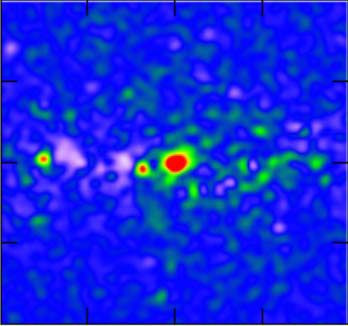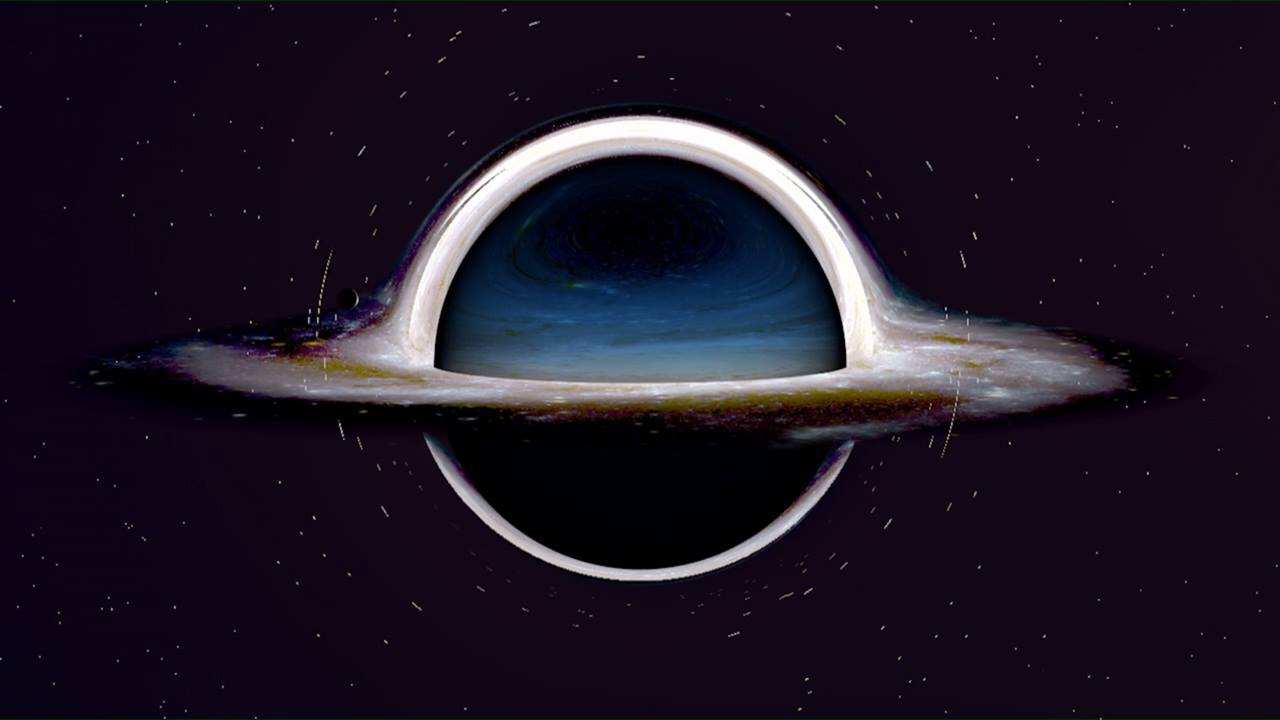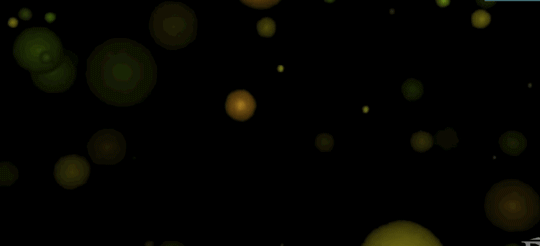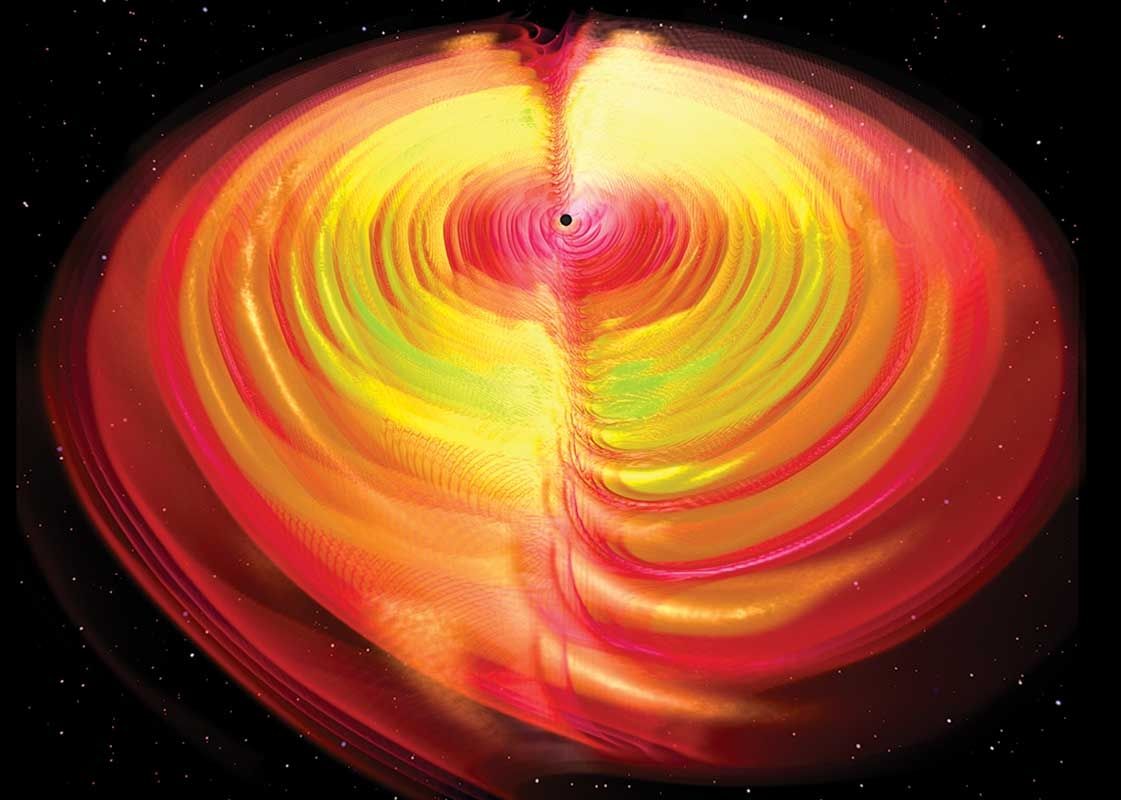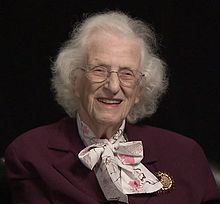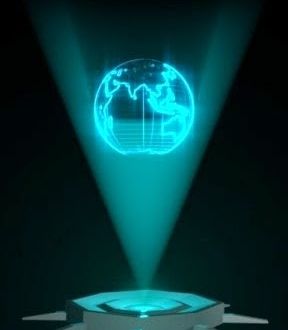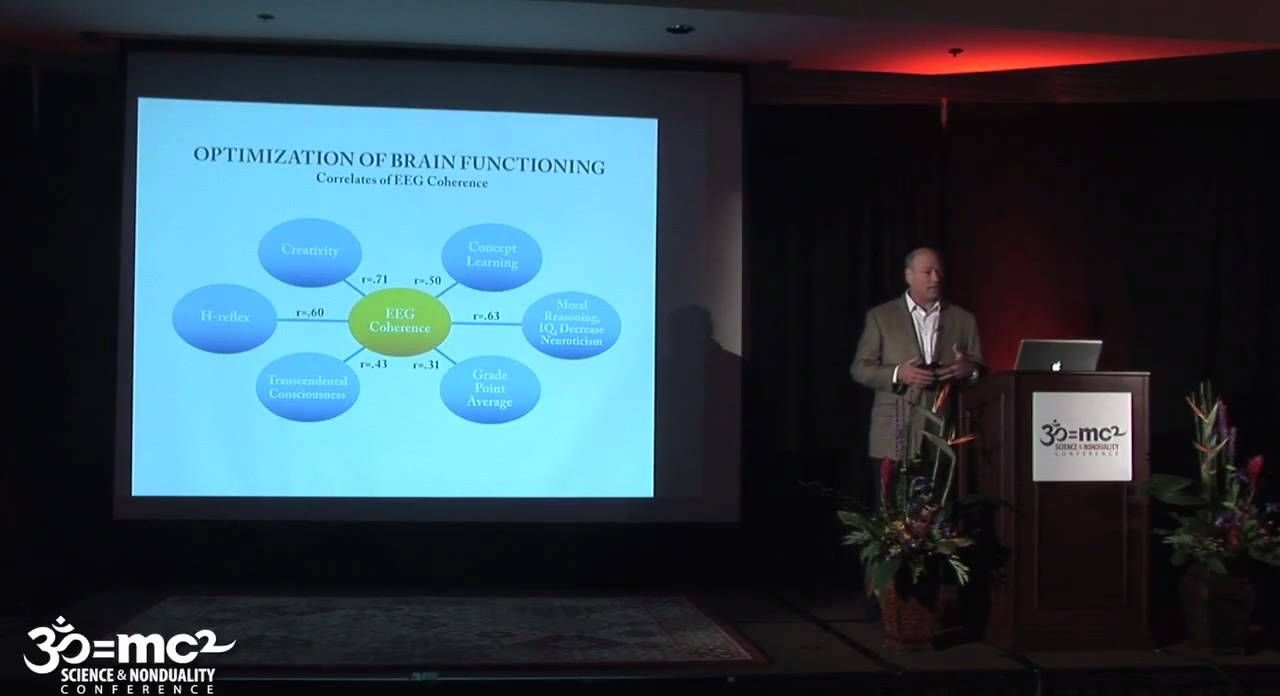Mar 29, 2016
There’s A Powerful And Mysterious Signal Coming From The Core Of The Milky Way
Posted by Andreas Matt in categories: cosmology, particle physics
Dark matter is one of the greatest revelations in modern physics. Even though it hasn’t been directly detected yet, we know that it makes up around five-sixths of the total matter in the universe, binding much of it together in dramatic ways. It is this matter that stops galaxies from being torn apart as they spin.
As a new study published in the journal Physics of the Dark Universe notes, dark matter can also be destroyed. A signature of dark matter’s annihilation could potentially reveal what it was composed of in the first place, and this team of researchers from Harvard University think they’ve found one right in the heart of our own Milky Way.
Scientists are still debating what dark matter may actually be composed of, and one recent suggestion implies the particles are so dense that they are on the verge of becoming miniature black holes. Whatever they turn out to be, many astrophysicists think that these particles share a property with “ordinary” matter: they come in two flavors, matter and antimatter. When matter encounters antimatter, both are destroyed in a powerful blast that emits high-energy radiation.
Continue reading “There’s A Powerful And Mysterious Signal Coming From The Core Of The Milky Way” »
